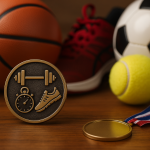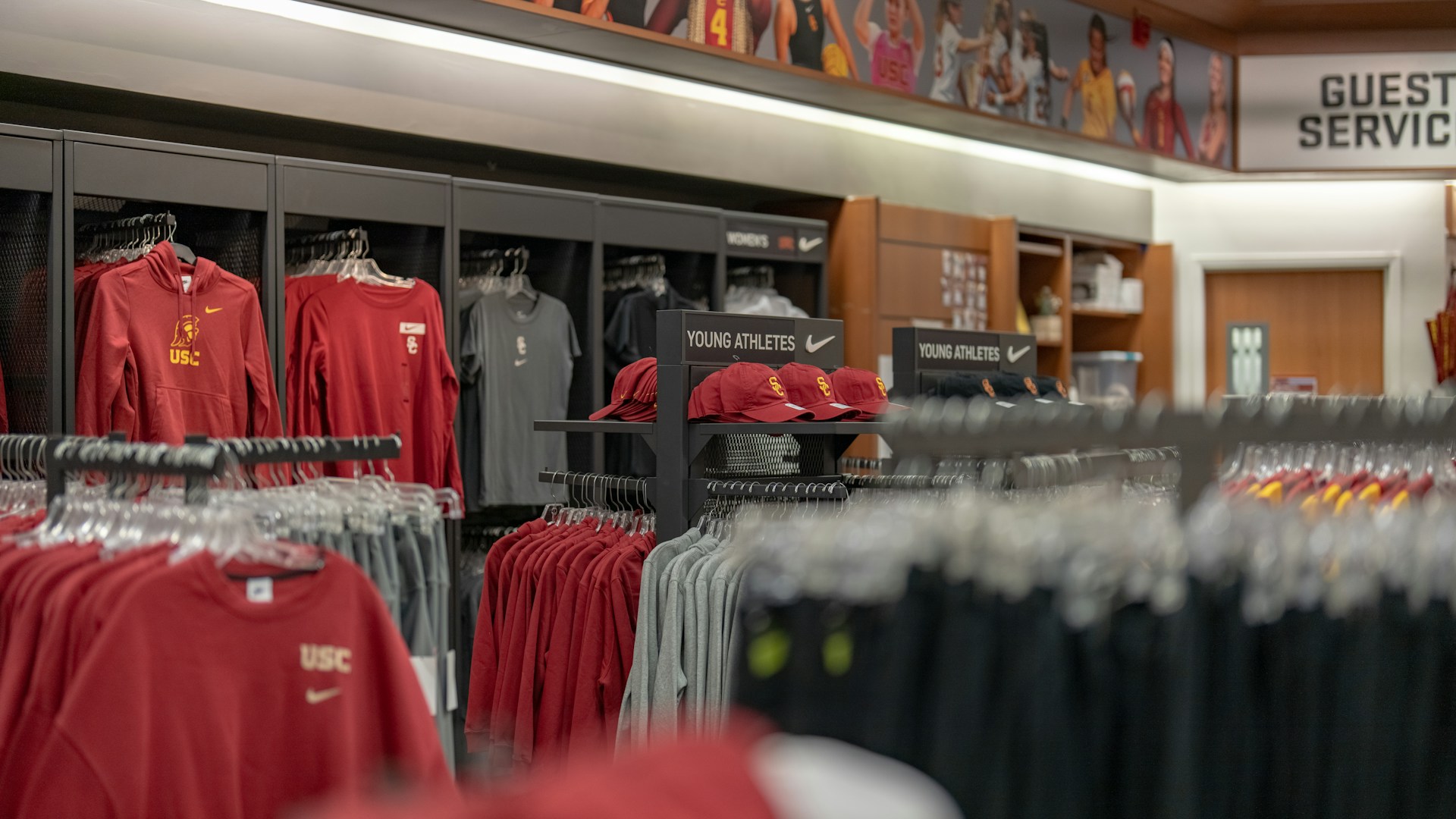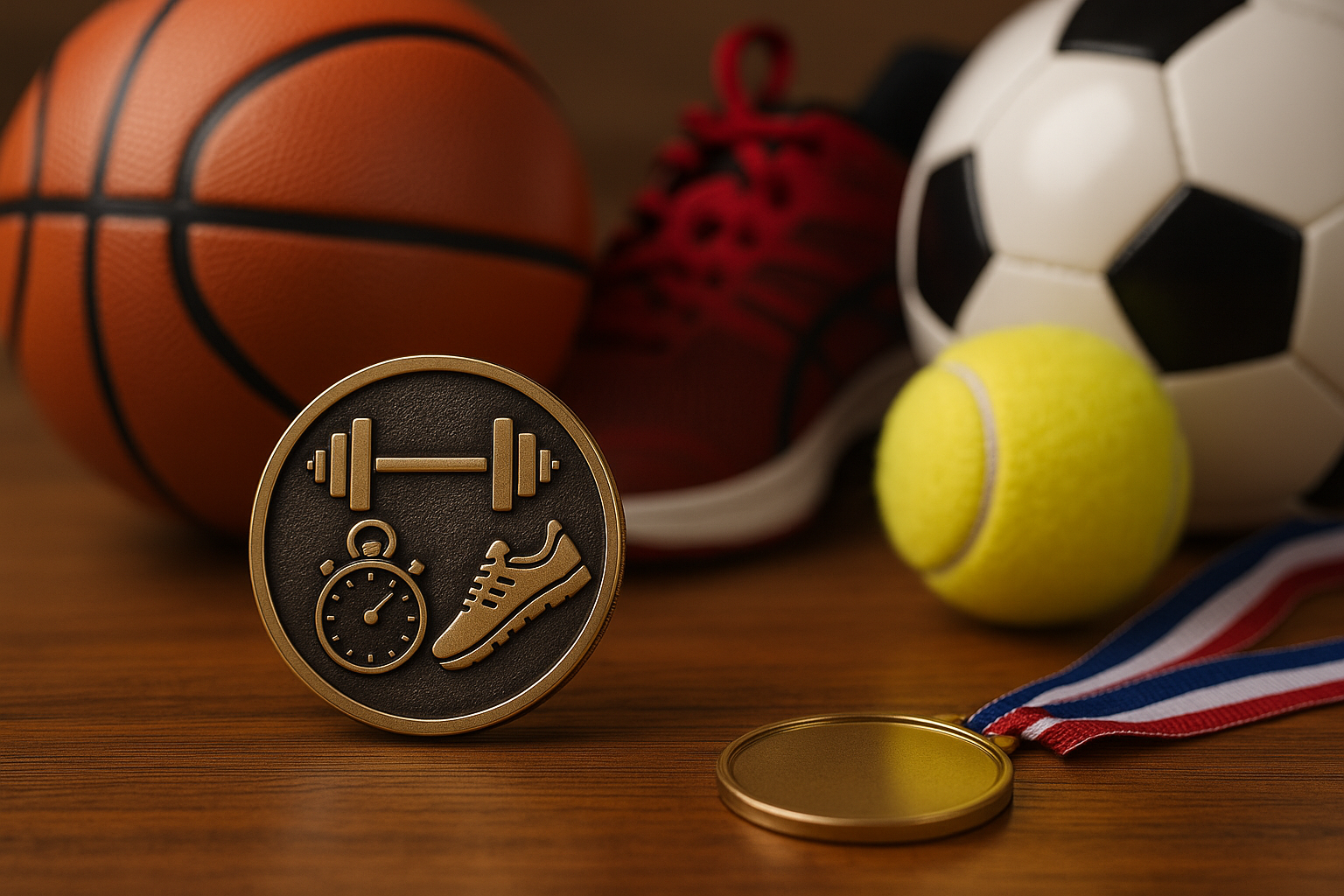In the world of competitive sports, victory is often measured in the tiniest of increments—a hundredth of a second, a single millimeter, a fraction of a degree. Athletes train for years to gain a slight edge, but today, another, often invisible, factor is at play: the microscopic precision of their equipment. From the golf club that launches a ball 300 yards to the running shoe that shaves seconds off a marathon time, modern athletic gear is a marvel of engineering. The unsung hero behind this revolution is metrology.
Metrology, the science of measurement, is the critical process that ensures every piece of equipment performs exactly as it was designed. It’s the bridge between a brilliant concept on a computer screen and a flawless product in an athlete’s hands. For manufacturers, investing in reliable metrology equipment is no longer a luxury for the quality lab; it’s a fundamental part of the design, prototyping, and production cycle. It’s how they guarantee performance, ensure safety, and build a reputation for uncompromising quality.
Here’s a look at how precision measurement is shaping the equipment in some of your favorite sports.
Crafting the Perfect Golf Club
A modern golf driver is a masterpiece of physics and material science, designed to maximize the “trampoline effect” while adhering to strict competitive regulations. If the face angle, loft, or center of gravity is off by a minuscule amount, the club simply won’t perform.
Manufacturers use non-contact 3D scanners and Coordinate Measuring Machines (CMMs) to map the complex curvatures of a club head with incredible accuracy. This ensures that the sweet spot is precisely located and that the club’s geometry will produce the intended ball flight. This level of precision is not just about performance but also about compliance with the rules of the game, a core tenet of organizations like the National Institute of Standards and Technology (NIST), which oversees the science of fair measurement.
Engineering the Perfect Stride in Running Shoes
Today’s running shoes are more than just foam and rubber; they are complex biomechanical systems. The shape and density of the midsole, the drop from heel to toe, and the flex grooves on the outsole all work together to provide cushioning, support, and energy return.
Metrology is essential in the creation of the intricate molds used to produce these components. 3D scanners can capture millions of data points from a prototype or mold, creating a detailed digital map. This data is compared against the original CAD model to verify that every curve and contour is perfect. This guarantees that the thousandth pair of shoes off the production line provides the exact same feel and performance as the first, a cornerstone of brand consistency and quality control.
Ensuring Strength and Symmetry in Bicycle Frames
For a professional cyclist, the bike frame is an extension of their body. It must be incredibly lightweight, brutally stiff for maximum power transfer, and perfectly symmetrical for stable handling. High-performance carbon fiber frames are manufactured in molds, and even tiny imperfections can compromise the frame’s integrity and safety.
Manufacturers use large-scale CMMs or portable measuring arms to inspect a finished frame. They verify that critical dimensions—like the alignment of the head tube, bottom bracket, and rear dropouts—are within incredibly tight tolerances. This process ensures the bike will track straight, handle predictably at high speeds, and be safe for the rider pushing it to its limits.
Balancing Power and Feel in Bats and Rackets
For sports like baseball, softball, and tennis, the “feel” of the equipment is paramount. Athletes can detect minute differences in weight distribution and balance. Metrology helps manufacturers reverse-engineer the properties of a popular design or a specific athlete’s favorite prototype to replicate it consistently.
By using 3D scanning and sophisticated software, engineers can precisely determine an object’s center of gravity and moment of inertia. This allows them to tweak designs and production processes to ensure every bat and racket that comes off the line has the exact balance and swing weight that customers expect. As publications like Quality Magazine often highlight, this level of process control is what separates leading brands from the competition.
From the initial design to the final product, metrology provides the critical data that allows manufacturers to push the boundaries of what’s possible. It’s the unseen advantage that ensures the equipment you use is not only safe and consistent but engineered for peak performance.










